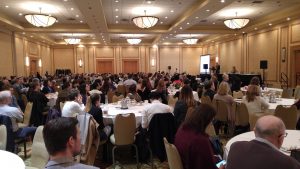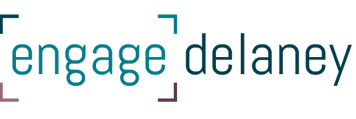Through an Indigenous Lens: Three Lessons in Authentic Engagement
 I had the opportunity to attend the Putting Patients First conference this week, hosted by the BC SUPPORT Unit, which is hard at work creating infrastructure and supports around patient-oriented health research.
I had the opportunity to attend the Putting Patients First conference this week, hosted by the BC SUPPORT Unit, which is hard at work creating infrastructure and supports around patient-oriented health research.
It was a thought-provoking day, and I found it valuable to hear thoughts on patient-oriented research from the researchers’ perspective. As the morning’s keynote speaker, Vikki Entwistle, articulated, it’s important to keep exploring, reflecting, and thinking critically about what patient engagement (and patient-oriented research) is, why it’s good, and how to do it well.
I think if we continually ask ourselves, our colleagues, and our clients these questions, we can’t help but be on a path to pursue meaningful engagement.
My biggest takeaway of the day was a realization, or making the mental connection, that methodologies for authentic patient and community engagement closely align with what one Indigenous conference attendee described as an “Indigenous methodology” of working together and sharing power. A breakout session on “(Re)Building Relationships with Indigenous Communities through Research”, which highlighted collaborative research underway in the Interior of B.C. between several First Nations and the health authority, outlined the need to approach engagement with Indigenous communities from a place of relationship, as opposed to transaction.
Research professor Christopher Horsethief told the group that the “100% wrong way” to approach health research with Indigenous communities is to present it as, “Here’s my methodology – just answer these questions.” Instead, researchers must come early in their process – before the research question is even fully formed – listen first, and spend time with the community without a set agenda.
Leslie Bryant, Interior Health regional practice lead, shared the three most important things she has learned from this collaborative work with Indigenous communities:
- Bring food
- Come in person
- Keep coming
She stressed the importance of demonstrating relationship, reciprocity and consistency.
No matter the individual, group or population you may be trying to engage, isn’t that the spirit in which we as engagement practitioners should be approaching all our stakeholders?
To me, these principles connect so clearly with the characteristics of authentic engagement with all people:
- Engage early and often
- Go to where people are (don’t expect them to come to you)
- Listen first
- Build relationships and trust
- Give something back – food is always appreciated
- Close the loop / report back (establish ongoing connection)
Thanks to the presenters for sharing this wisdom, and for the important reminders about reciprocity and relationships in engagement.



